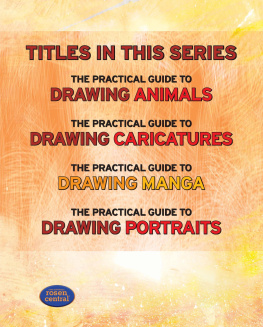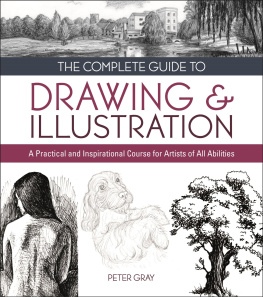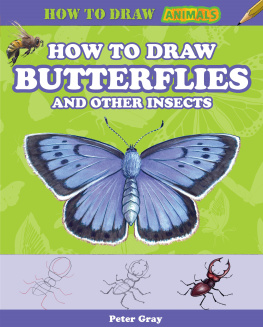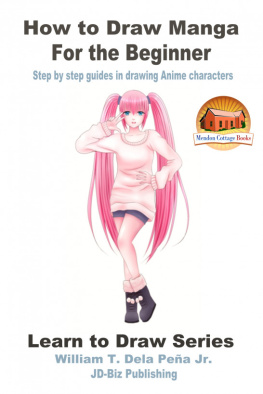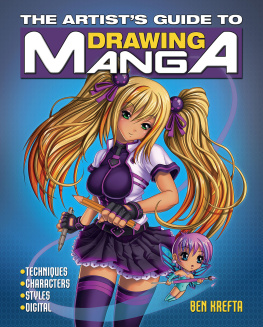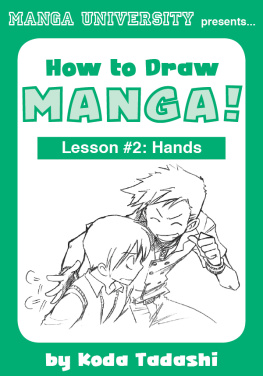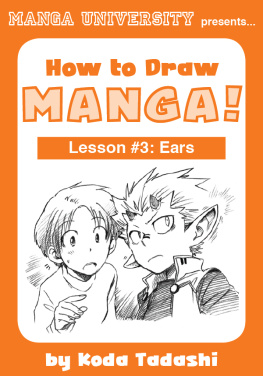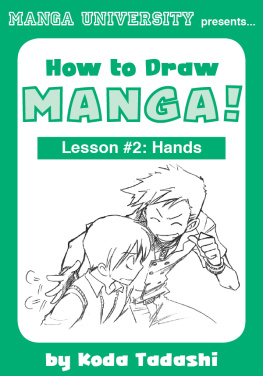Page List

This edition published in 2013 by:
The Rosen Publishing Group, Inc.
29 East 21st Street, New York, NY 10010
Copyright 2013 Arcturus Publishing Limited
All rights reserved. No part of this book may be reproduced in any form without permission in writing from the publisher, except by a reviewer.
Illustrations: Peter Gray
Editor: Ella Fern
U.S. Editor: Andrea Sclarow Paskoff
Design: Graham Rich
Cover Design: Graham Rich
Library of Congress Cataloging-in-Publication Data
Gray, Peter, 1969
The Practical Guide to Drawing Manga / Peter Gray. -- First.
p. cm. -- (Great drawing step-by-step)
Includes bibliographical references and index.
ISBN 978-1-4488-7213-8 (library binding)
1. Comic books, strips, etc.--Japan--Technique. 2. Cartoon characters--Japan. 3. Figure drawing--Technique. I. Title.
NC1764.5.J3G73 2012
741.51--dc23
2011046491
Manufactured in China
SL002236US
CPSIA Compliance Information: Batch #S12YA: For further information, contact Rosen Publishing, New York, New York, at 1-800-237-9932.
Contents



F rom its origins in Japanese comics, manga has become one of the most visible drawing styles across the world, in animation, computer games, advertising, and design. The style is characterized by dynamic and glamorous character design, fast-moving action, and polished draftsmanship.
This book aims to concentrate on characters how to draw faces and figures with accuracy and personality, how to achieve that particular manga look, and how to create new characters of your own.
Designed as a course, each new subject follows naturally from the previous one. Step-by-step demonstrations will teach you the most basic principles and then gradually lead you to greater sophistication. With some application, even the complete beginner should soon be able to produce satisfying results.
Try to resist the temptation to simply copy pictures from the book. Work through from the beginning and do all the exercises so that you can build up to creating your own dramatic drawings with confidence.

Create new characters out of diverse inspirations.

Study the construction of manga body types.

Build up to professional-quality artwork in easy stages.
Dont be put off by the slick look of artwork by professional manga artists; it isnt too hard to mimic once you know some tricks of the trade. We will investigate various materials and techniques in easy-to-follow stages.
The 200 or so illustrations in this book represent only a fraction of the techniques and stylistic approaches open to you as you continue to develop your mastery of manga.
Above all, remember that drawing is supposed to be enjoyable. Even if it seems like hard work at times, stick with it and you will soon enjoy the rewards of your efforts.

Capture distinctive manga features.

Draw figures with dynamic posture and proportions.
O ne of the great things about any style of drawing is that you need very little equipment to get started. Beginners often make the mistake of buying all kinds of expensive materials, but these do little to improve your skills and only confuse the issue of learning to draw. To start with, youll only need pencils and a pencil sharpener, paper, and an eraser.

Pencils
Although any pencil will do for mastering the basics of drawing, its worth splurging on a few decent artists pencils. They are graded from H (hard) to B (black) with a number prefix indicating the degree of hardness or blackness. A useful starting set would be H, HB, and 2B.
Pencils lose their points quickly, especially soft ones like 2B, so sharpen them regularly. Or you could use a mechanical pencil, say 0.5 mm, which produces a constant line without needing to be sharpened.

Eraser
An eraser is a vital part of your kit. Theres absolutely no shame in erasing mistakes and rough guidelines; they are an important part of the drawing process. There are dozens of varieties on the market, but they all do essentially the same job.

Paper
A cheap sketch pad would be good to get you started, but virtually any paper will do fine. I did most of the drawings for this book on scrap photocopier paper. For the beginner, expensive paper only inhibits your freedom to make mistakes.
HANDY HINT
Buy pencils of different grades with different-colored shafts so that you can identify them at a glance.
MORE ADVANCED MATERIALS
As you progress though the book, youll come across other tools and materials you might want to experiment with. Here are a few inexpensive items you could add to your kit for giving your drawings a professional finish.

Drawing pen
Felt-tip drawing pens are very easy to use and come in a range of thicknesses from as fine as 0.1 mm. A couple of grades, say 0.3 mm and 1 mm, should be all you need for most inking jobs.


